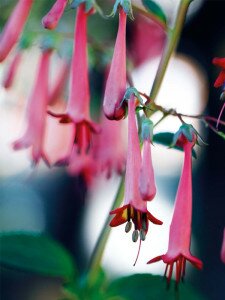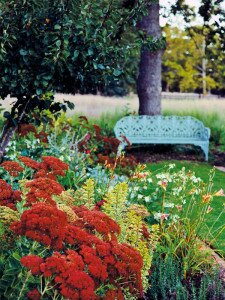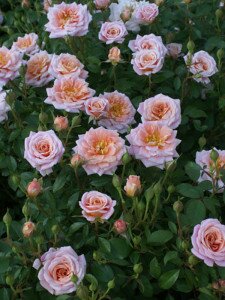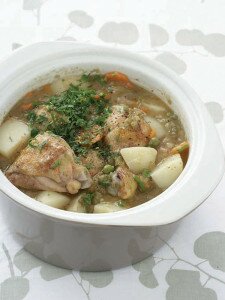-
Cooking With Loubie Rusch
Expert advice on using both local and indigenous ingredients
16 February 2015
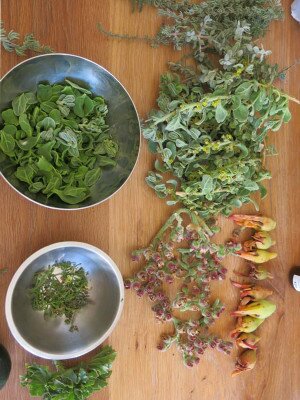
Making Kos‘s Loubie Rusch attended the first harvest of the edible garden at Observatory Junior School along with members of DailyFix. She shares her tips on cooking with some of South African garden plants.
If you have some of these in your garden, give them a test run in your cooking. If you don’t yet have them, go find them in your local garden centre, plant them and start getting to know our very own local flavours.
Wild Garlic and Wild Rosemary have both got a place in the Veggie Garden at the Observatory Primary School.
Wild Rosemary Eriocephalus africanus
This desirable greyish wild herb is waterwise, can be clipped into a neat hedge, left sprawling, or managed in a pot on a terrace. It works very well in the kinds of dishes where you would use ordinary Rosemary, so start by substituting in recipes you are already familiar with. It is particularly good with venison, fresh or dried.Wild Garlic Tulbaghia violacaea
A well-known garden ornamental that looks magnificent both mass planted as well as in a pot. Try using it instead of garlic, but use it sparingly to start with, as the leaves are fairly pungent, the flowers less so. Cut the leaves at ground level rather than pulling it out by the roots, as it will re-sprout.Spekboom Portulacaria afra
This carbon absorbing waterwise shrub with maroon stems and succulent round leaves deserves a place in every garden. It roots very easily, can be left to grow in its natural vertical form, clipped into a neat hedge, or even kept indoors in a pot. The rather tart leaves, which are very high in vitamin C, can be used raw in salads, in stir fries, can be pickled or even included in stews.Num Num Carissa macrocarpa
This shrub is extensively used in gardens and even in street planting. The fragrant white flowers, abundant striking red berries and plentiful thorns make it a useful garden addition. The fruit are delicious for use in cordials, and the high pectin content makes it excellent for jams and jellies. But beware, the rest of the plant is toxic.Sour Fig Carpobrotus edulis
The succulent leaves of this easy-to-root sprawling ground cover make it an excellent fire retardant. Mass plant it instead of lawn and get the benefit of the fruit, which are great pickled whilst still green, eaten as a fruit when soft and yellow, or stored for later use once dry; they can then be eaten just so or else soaked and then cooked in chutney, preserve or jam. Try experimenting with the juicy insides in sauces, dressings or desserts – the flavour is delightfully umami, fragrant, tart and salty and sweetish all at the same time.To keep up with some of the things that Loubie has been trying out with a variety of South African edible plants, follow on .
Expert Advice: Loubie Rush
Image:






